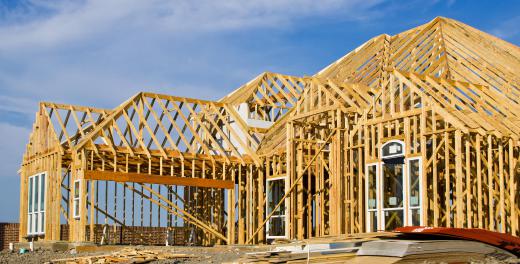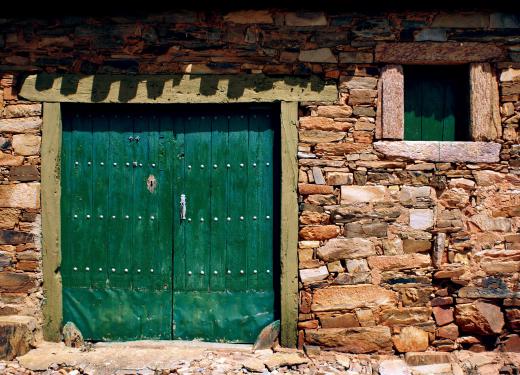Post and lintel is a construction technique that features two upright members, called posts, with a beam, called a lintel, joining them across the top. Construction using posts and lintels is one of the oldest known techniques. Post and lintel construction is used extensively in contemporary buildings, from single family homes to high rise structures.
This construction technique was used at Stonehenge, estimated to have been constructed in 2,800 BC. Ancient Greeks and Romans built post and lintel temples whose ruins many people still travel to see. Many of the structures that have survived were made of stone, but stone lacks the tensile strength to span long distances. The Romans overcame that problem by using arches, which support much more weight than a flat lintel. Roman constructed arched stone bridges and aqueducts are still found throughout Europe, roughly 2,000 years after they were constructed.

The weak portion of post and lintel construction, the lintel or cross-member, has been the object of a variety of innovations over time. Arches, crossed arches, and vaults were early improvements. Trusses are another development that has increased the carrying capacity of the lintel portion. A truss is basically a series of triangles, wood or steel, sandwiched between two straight beams. Trusses are used extensively both in roof and bridge design and construction because they support much more weight than simple, straight lintels and are faster and easier to build than arches.

A 20th century improvement to the lintel is the glulam, short for "glued laminated timber." The lamination process is engineered to increase the load-carrying capacity of the glulam. They may be manufactured as traditional straight lintels or curved both for aesthetics and to increase their load bearing capacity even more. Glulams are sometimes used where they will be visible as they are more attractive than steel.

Compression strength limits the load bearing capacity of a post, just as tensile strength limits the load bearing capacity of a lintel. Stone posts have very good compression strength and can support a large mass. Compared to wood or steel, stone posts are difficult and expensive to transport, however, and unwieldy in the construction process. Consequently, even though stone has considerably more compression strength than wood, it is seldom used as a post member in modern construction.
